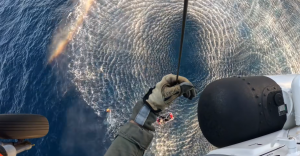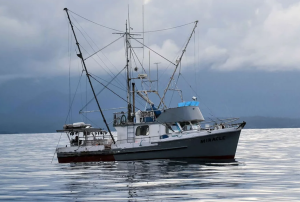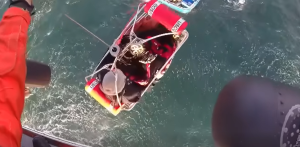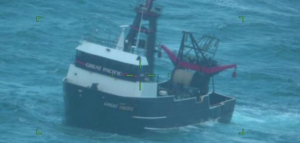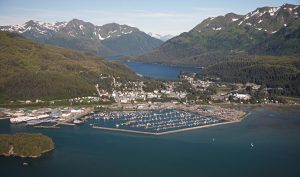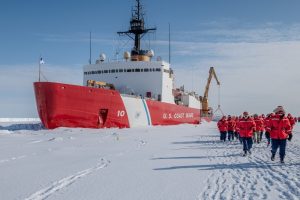Nine Fishermen Rescued After Vessel Runs Aground in Bering Sea Storm
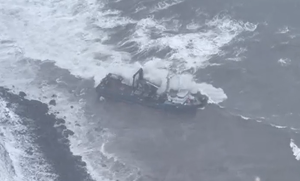 On Monday, January 5th, 2026, nine fishermen spent more than seven hours stranded on their vessel near St. George Island during hurricane force winds. The individuals were subsequently rescued by the U.S. Coast Guard.
On Monday, January 5th, 2026, nine fishermen spent more than seven hours stranded on their vessel near St. George Island during hurricane force winds. The individuals were subsequently rescued by the U.S. Coast Guard.
The F/V ARCTIC SEA ran aground near the remote island of St. George, located 750 miles southwest of Anchorage, in conditions that made rescue treacherous. Winds were up to 50 knots with 10-foot seas when the U.S. Coast Guard’s Juneau command center received the distress call at 4:11 a.m.
A nearby fishing vessel, the F/V NORTH SEA, reached the scene first but couldn’t attempt a rescue in the extreme weather. Instead, the crew provided real-time updates to U.S. Coast Guard watchstanders coordinating the response.
 Maritime Injury Law Blog
Maritime Injury Law Blog



